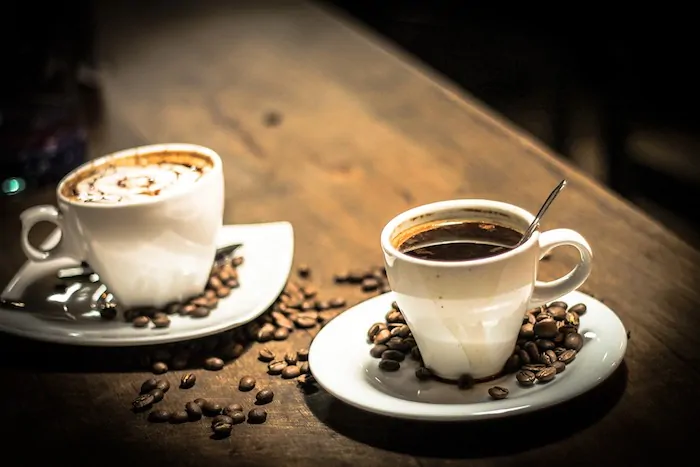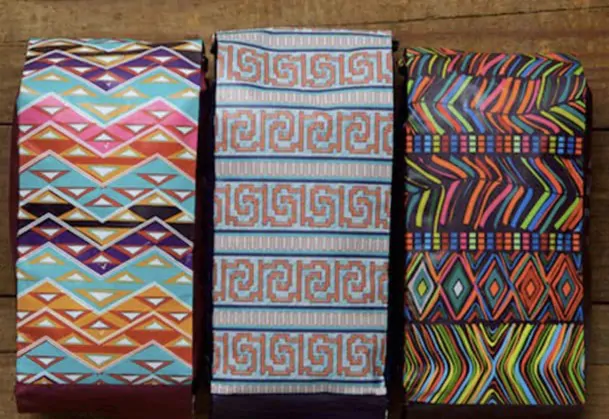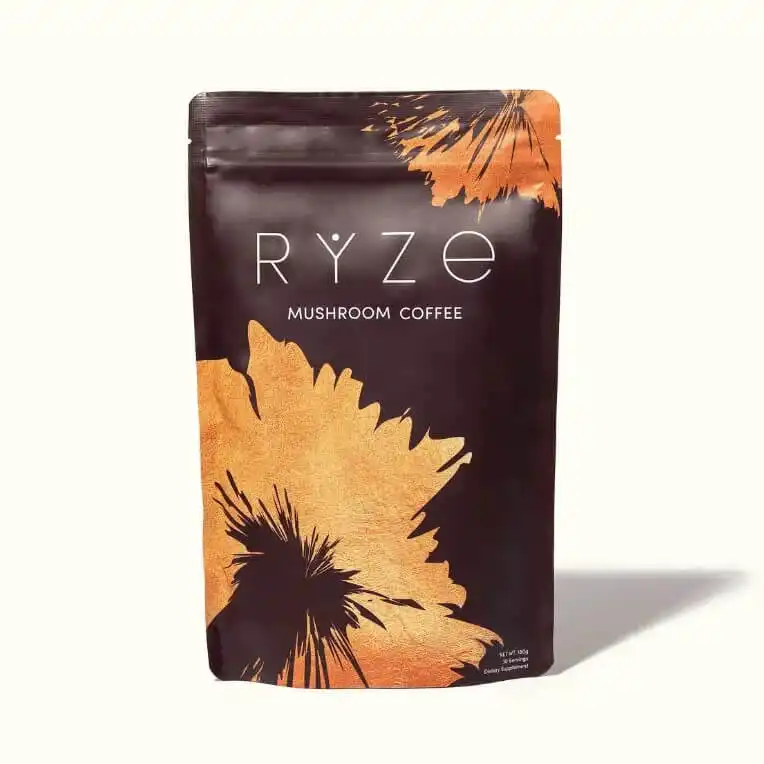What is the difference between coffee beans and espresso beans? Read on to learn the real difference that sets the two apart.

Recently when I went to buy coffee in my local grocery, I noted some packs were labeled while others had the name espresso beans on them. This got me wondering, is there any difference between coffee beans and espresso beans? Then, I decided to do comprehensive research on espresso beans vs. coffee beans.
So, what is the difference between coffee beans and espresso beans?
It is all about blending, roasting, grinding, and concentration. Espresso beans are roasted for a longer time compared to ordinary coffee beans. When it comes to grinding, Espresso beans are ground finer than coffee beans.
Understanding the differences between the two has helped me avoid mix-ups in preparing a cup of Joe. During my research, I used both coffee and espresso beans where I noted that the difference in their grinding size and roasting time determines the flavor and taste of the end product.
What Are Coffee Beans?
Any bean that has been roasted and readied for brewing is what is known as coffee beans. Roasting varies from light, medium to dark. A light roast gives the full distinct flavor of the bean.
However, this can vary depending on the country of origin.
Coffee beans that are roasted lightly don’t have an oily shine. They are ideal for preparing mild-flavored varieties. Medium roast beans have a medium-brown color and are good for making strong brews.
Dark roast coffee beans have a shiny oily surface and are dark brown in color. Such coffee beans are less acidic have alow flavor.
What are Espresso Beans?
When it comes to espresso beans vs. coffee beans, espresso beans are basically coffee beans that have been roasted for a long time. Basically, they are dark roasted coffee beans. So, whenever you come across a bag of coffee labeled espresso beans, just know it is an ultra-fine ground dark roast.

Espresso Beans Vs. Coffee Beans: The Differences
1. Natural Oils Richness
One of the things that define an espresso is the crema it produces during brewing. This is produced through the emulsification of natural oils with other compounds in coffee. The oily sheen on espresso beans proves it is highly rich in oils.
Ordinary coffee beans may not have the same shine which means they may not be rich in natural oils. Therefore, when you use them to make an espresso, you will not get a crema meaning it is not the real espresso you are making.
2. Usage
Ordinary coffee beans are roasted light which makes them retain the full flavor of the beans. Such beans may not work out as expected when you use them to make espresso. Your espresso may lack the bitter taste that defines a perfect shot of espresso.

If possible, you should use Espresso coffee beans only to prepare espresso. They will give you the uniformity, body, and flavor you want in your espresso shot. Ordinary coffee beans are good for brewing using various techniques, but espresso beans do best with high-pressure techniques.
3. Concentration
Coffee beans have a medium or balanced concentration of bitterness. Espresso beans, on the other hand, tend to have a high concentration which makes espresso taste thicker, stronger, and richer. Sometimes the concentration may be too strong to require additions to dilute it.
4. Preparation
Coffee beans meant for making ordinary coffee are roasted for a short duration, and then ground into a coarse texture. Espresso beans, on the other hand, are roasted for a long time and at high temperatures.
The high temperatures and long roasting time are meant to help in the extraction of oils in the beans. This makes its flavor to be bolder, richer, and more concentrated. The beans are then ground into an ultra-fine pound.
5. Caffeine Content
Espresso beans have a strong flavor because of their long roasting time. However, they tend to have less caffeine content. The more the coffee is roasted, the more it loses caffeine.
Since Espresso beans are roasted for a long time, they tend to have less caffeine content compared to regular coffee beans.
6. Grinding
Grind for espresso beans is ultra-fine compared whereas that of coffee beans is coarse. Espresso beans are finely ground to allow as much extraction as possible to take place during the short period of pressurized brewing.

Other coffee brewing techniques where coffee beans may be used takes a longer time. This means if the coffee beans are finely ground, there would be over extraction making your cup of Joe bitter.
7. Size and Density
Roasting coffee beans makes them lose weight because they will lose most of their water content through evaporation. The fibers inside the beans seem larger than their standard size due to this evaporation. This makes espresso beans large in size than regular coffee beans. They are also less dense.
Important Elements In Making The Perfect Espresso Shot
Choosing the right type of coffee is the most important thing you should do when considering making a shot of espresso. Go for espresso beans. Roasting is the motive behind choosing these types of beans.
They have been roasted for a long time which brings out the natural oils required to form a crema – one of the main elements that denote the perfect espresso.
Grind size is another important element you have to take care of if you want to get the perfect shot of Espresso. Finely ground beans are the way to go. Fine grounds increase the pressure needed to force water through the coffee and produce a crema.
You should take care because if the coffee is too fine, a blockage may occur. It can prevent water from passing through. Find the ideal grind setting for your brew to avoid such problems.
Difference Between Coffee Beans And Espresso Beans FAQs
I’m new to coffee making and then I came across coffee beans and espresso beans. So, which of the two tastes better?
It is all about personal preference when it comes to choosing the taste between coffee beans and espresso beans. What may taste good me may taste awful for you. If you are new to coffee making, experimenting with both of them is an excellent way to go.
Why do I experience stomach pains when using coffee beans but not when using espresso beans?
Coffee beans have high acidity compared to espresso beans. That could be the reason you experience stomach upsets after using coffee beans. You can consider using espresso beans or other brewing methods to prepare your coffee. Here are some ways you can use to make your coffee less acidic.
Can I use coffee beans to make espresso?
To get the perfect shot, I don’t advocate using any other coffee bean to make espresso. You should stick to espresso beans. They will give you the elements that define a true espresso such as crema and sharp taste.
I saw a bag of coffee labeled espresso beans in my local grocery store. The bag was transparent and I noted the roast inside was not very dark. So, is it a fake one?
Espresso beans should not necessarily be dark. Some can be medium roast and still work fine. So, to answer your question, the roast may not have been a fake one. You can try it.
Is it appropriate if I use espresso beans to make coffee?
There is no problem in using espresso beans for making your normal cup of coffee. In fact, one thing you should note is that espresso beans are coffee beans that have been roasted in a way to best suit espresso making. You can, therefore, use them in any other brewing method you won’t encounter any problems.
Conclusion
If you have been wondering whether there is any difference between the coffee bags labeled espresso beans and coffee beans in the store, now you have the answer. This guide explains all that you need to know about the two.
The two are beans from the same plant –coffee. Roasting is what sets them apart. All the other differences between these two emerge from the roasting variation they have.
One important thing that I have to emphasize is that you can use espresso beans for any brewing need but you can’t coffee beans to make the perfect espresso. This is because not all coffee beans are of that higher quality to be able to withstand the pressure used in espresso making and produce a great shot.
Again remember for espresso-making, you need to get a darker roast and grind the beans finely. As for ordinary coffee, a medium-light roast can be a good way to go as long as you grind the beans coarsely. Now you know!
See Also:
WHY IS ESPRESSO SERVED WITH LEMON?
CAN YOU USE ESPRESSO BEANS IN A FRENCH PRESS?



